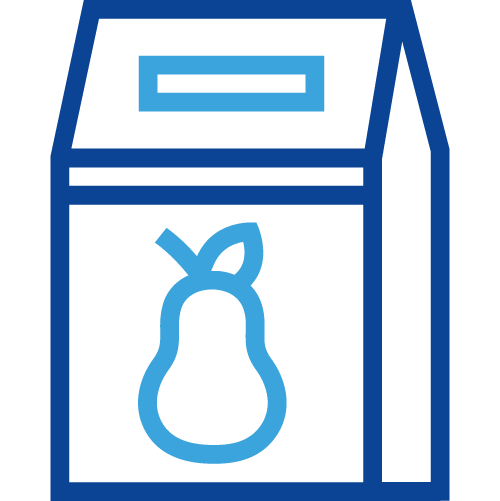Prevention of Product Recalls in the Food Industry
Food manufacturers often use product inspection technology to lower their risk of product recalls.
- Metal detection and x-ray inspection systems detect physical contaminants.
- Dynamic checkweighers keep package fill levels and weights accurate.
- Vision inspection prevents incorrect or damaged labels from reaching customers.
- End-of-line completeness checks verify that all parts are present.
These inspection methods work together to enhance product quality and reduce the chance of product recalls.

























